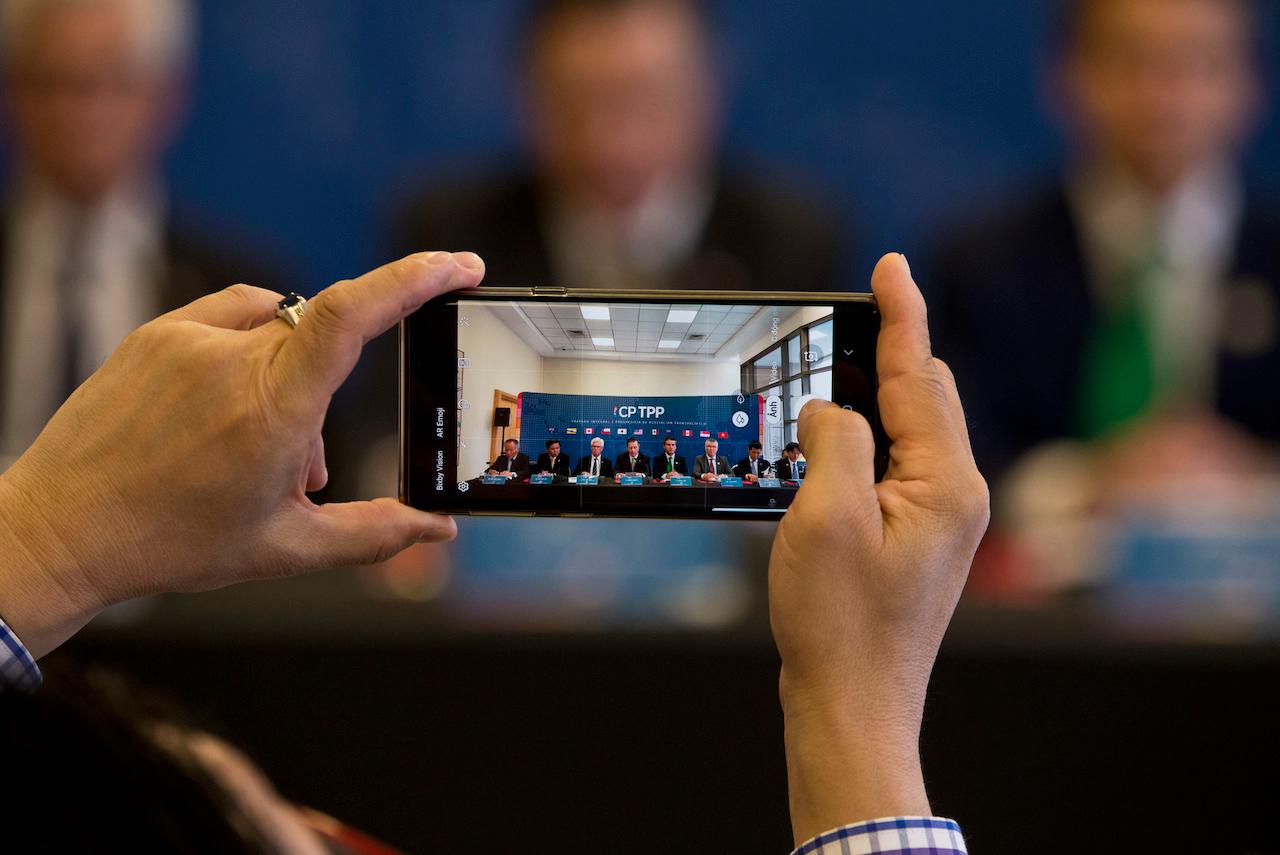London begins process to join TPP Asia-Pacific trade bloc
After Brexit, London is keen to shift its economic centre of gravity away from Europe towards faster-growing parts of the world.
The 11-member Trans-Pacific Partnership (TPP) trade bloc has agreed to start talks with the UK, with a view to the European and Atlantic country joining the trade group.
The British government, which asked to join the TPP in February, said membership was a huge opportunity in a post-Brexit world.
A working group is now expected to be set up to discuss tariffs and rules governing trade and investment.
The UK is not expected to join the TPP until 2022 at the earliest.
International trade secretary Liz Truss said in a statement the decision to begin the accession process was excellent news.
“It will help shift our economic centre of gravity away from Europe towards faster-growing parts of the world and deepen our access to massive consumer markets in the Asia Pacific region,” she said. “We would get all the benefits of joining a high-standards free-trade area, but without having to cede control of our borders, money or laws.”
When Britain joined the European community it was principally a trade group but the increasing political unity ambitions of some members of the bloc ultimately led to many wanting to leave in order to retain the UK’s sovereignty.
Since Brexit, the government has sought to replace many of the trade deals it had as a member of the EU, but has yet to sign one with a new country or trade area.
The TPP’s current members are Japan, Malaysia, Vietnam, Singapore, Brunei, Australia, New Zealand, Canada, Mexico, Chile and Peru.
The pact aims to deepen economic ties between these nations, slashing tariffs and fostering trade to boost growth.
China, South Korea, Taiwan and Thailand have also expressed interest in joining the TPP, which currently covers a market of nearly 500 million people.
The US was initially involved in the process to set up the bloc but pulled out on former president Donald Trump’s first day in office in 2017.
Former president Barack Obama treated trade deals as a priority and this particular deal was set to bolster America’s position in the Asia-Pacific region, where China is growing in influence.
But US opponents characterised the TPP as a secretive deal that favoured other countries at the expense of American jobs and national sovereignty.
Subscribe to our newsletter
To be updated with all the latest news and analyses daily.
